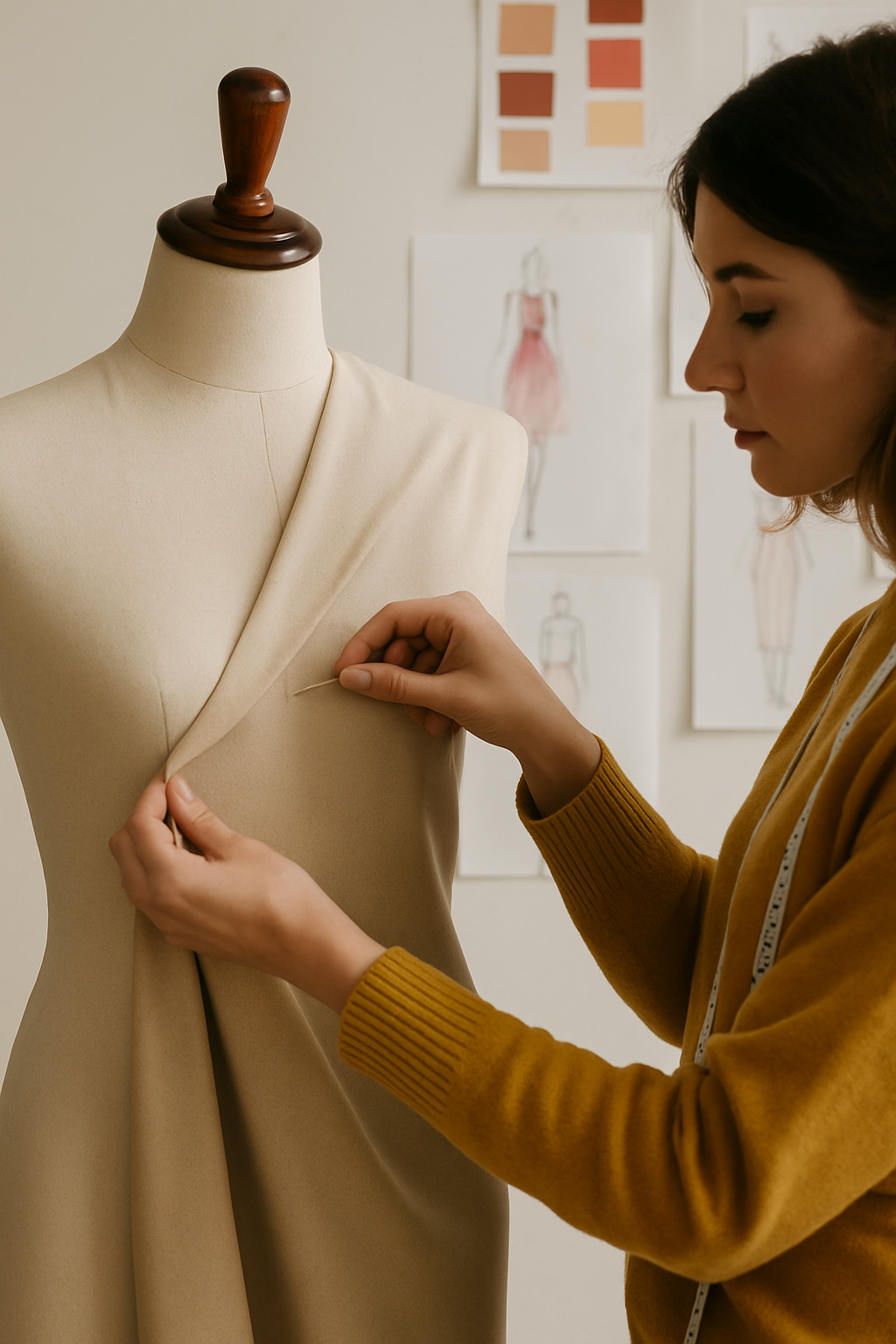Feminism is defined as “the advocacy of women’s rights on the ground of the equality of the sexes.” Throughout the history of feminism, women have used fashion as a tool to both highlight gender inequality and define for themselves what it means to be a woman. As a result, fashion has been heavily influenced by this movement. This blog looks at the timeline of feminism and the accompanying changes in fashion trends.
1900
The 1900s saw the majority of women dressing based on what they were told to wear, as opposed to what they wanted to wear. The most prominent fashion trend of this time for women was the S-bend corset, a garment which pushed the hips backwards and the chest forwards.
1920
The 1920s saw the rise of designers like Paul Poiret and Madeleine Vionnet who stepped away from traditional Victorian era clothing. Dresses became tubular, not showing the curves of the female figure and had dropped waistlines sitting at the hip. The hemlines became slightly raised in comparison to Victorian gowns, with the hem now sitting between the ankle and mid-calf.
1930
The 1930s saw the introduction of bias cutting garments. These garments remained long and tubular; however, due to the stretch in the fabric via a bias cut, the curves of the woman’s body became slightly more prominent than the previous decade.
1940
The 1940s were a challenging time in the world of fashion as fabric shortages were common because of World War II. This saw many women wearing very plain garments; skirts became straight, just below the knee and accompanied by boxy jackets that covered the body. It is important to note that during this time many women assisted in the war effort and were issued with uniforms, some of which included overalls.
In 1947, Christian Dior revealed his controversial “New Look” collection. Coming so soon after the end of the war, this was met with huge uproar due to the excessive use of fabric and embellishment. Christian Dior responded by stating that he just wanted to make women happy and give them beautiful gowns to wear every day.
1950
For most of the 1950s, the “New Look” appearance was very prominent in women’s fashion. Many women were also still wearing slimline pencil skirts, similar to the workwear of the World War II era; however, women were now beginning to have strong views on their clothing preferences.
1960
The 1960s saw the first major rise of feminist power in fashion. Women began wearing miniskirts and dresses that sat above the knee. One of the most controversial incidents of the time was when model Twiggy wore a minidress to Derby Day in Australia, ignoring the regulations of women’s clothing for the member’s area. This was the first major moment in the minidress movement and paved the way for short hemlines.
1970
The “Hippy” movement began at the end of the 1960s and continued into the 1970s. This saw both women and men disregard previous fashion rules – anything and everything was ok. Nudity became more prominent and women were also regularly seen in pants (e.g. bell-bottom flares) which were now acceptable as every day wear.
1980
The 1980s saw another major change in the fashion industry as lingerie became acceptable to wear as an outer garment. Jean Paul Gaultier's revolutionary "cone bra" was made famous by Madonna - an iconic moment for feminist fashion around the globe.
1990
1990s fashion was heavily influenced by popular culture icons like model Kate Moss and actress Jennifer Aniston. Both women regularly wore low-rise denim jeans with tank tops and the quintessential trend of the time was the lack of an undergarment such as a bra.
2000
The 2000s saw the rise of sex appeal in feminist culture. Women continued to push the boundaries of what was deemed acceptable. In 2002, Paris Hilton wore the iconic mesh dress - a completely backless garment with a short, low cowl neckline.
2010
The 2010s have been the pinnacle in the push for women’s rights to date. Globally, ready-to-wear runways have been extremely active with their support of feminist power. Christian Dior's Spring/Summer 2017 campaign featured a t-shirt with the slogan “We Should All Be Feminists." Prabal Gurung followed with the “The Future Is Female” t-shirt, with the designer himself ending the show wearing a t-shirt with the slogan “This Is What A Feminist Looks Like.”
The movement towards gender equality has come a long way and continues to gain momentum in the 21st century. The fashion industry has played a huge role in bringing these issues to light and women have successfully used fashion as a tool to define for themselves what it means to be a woman. Feminists have pushed the boundaries of what has been deemed acceptable and thanks to the women of the past, this has allowed all women and men to take a stand together for the future.
Please let us know what you think are some of the most iconic garments in the history of feminist fashion.

